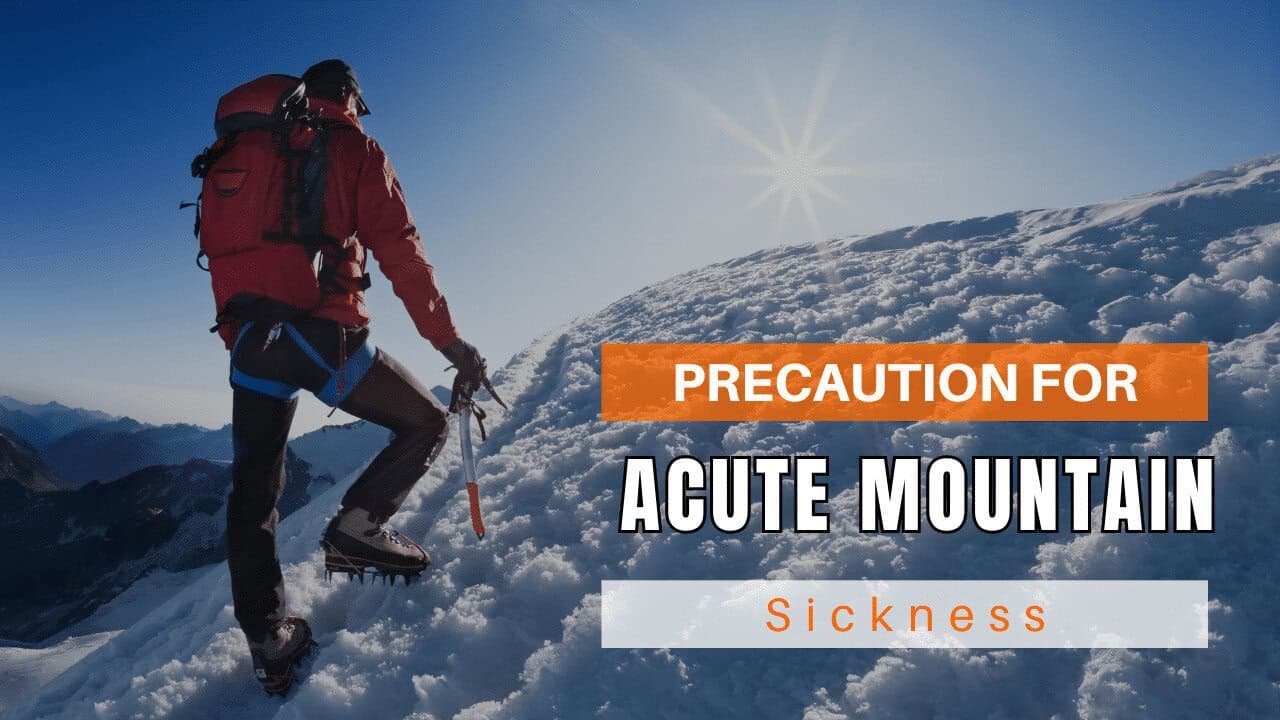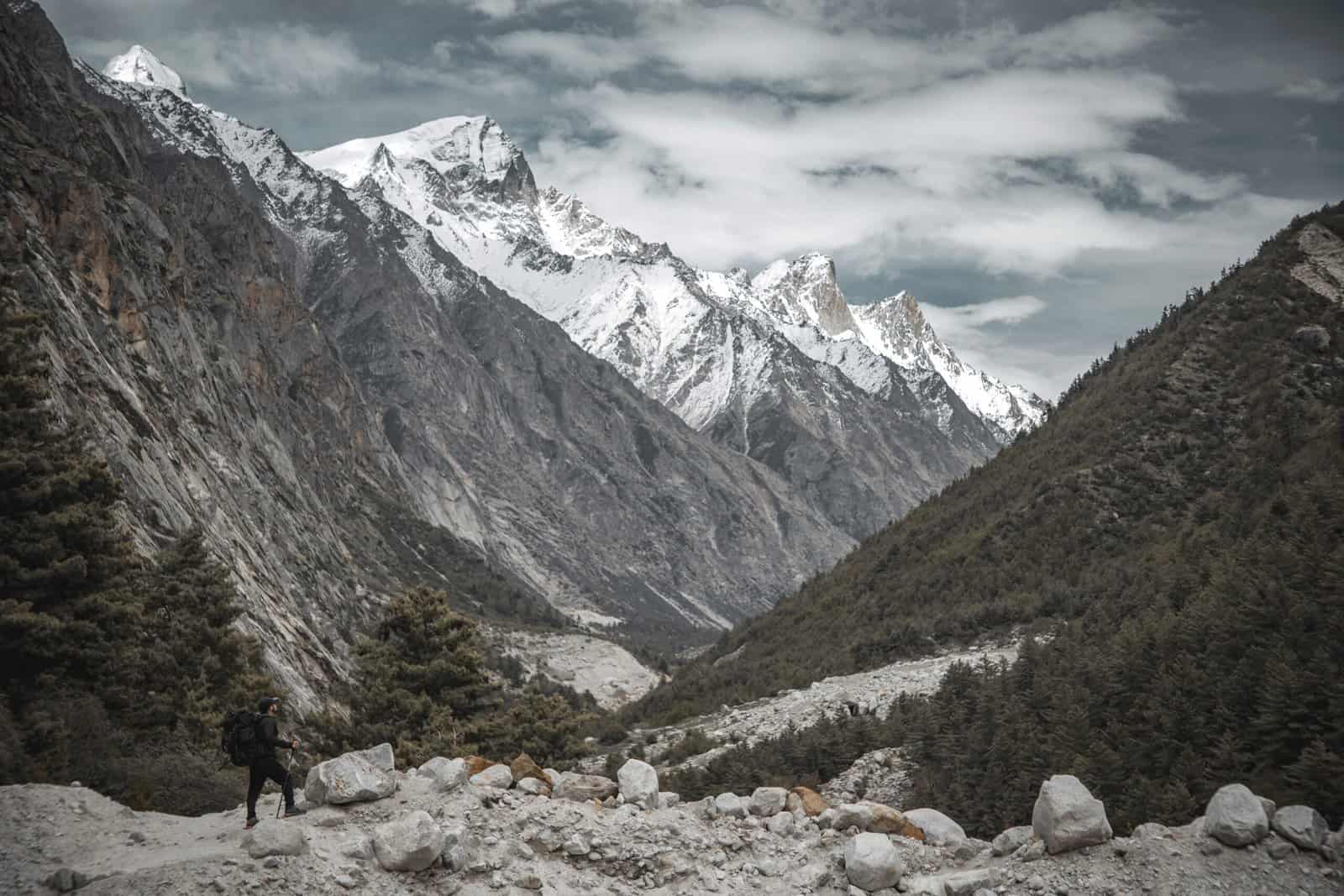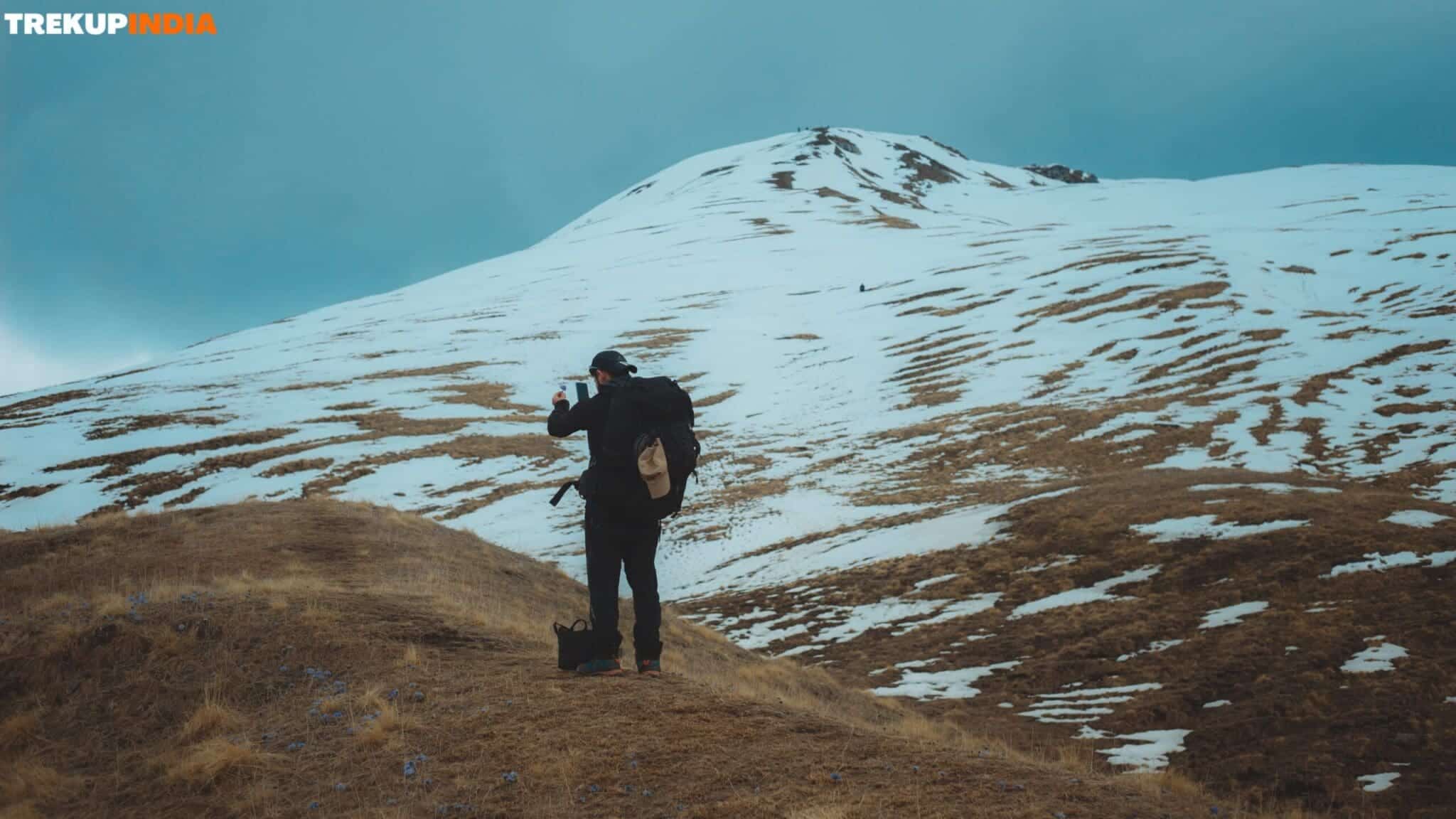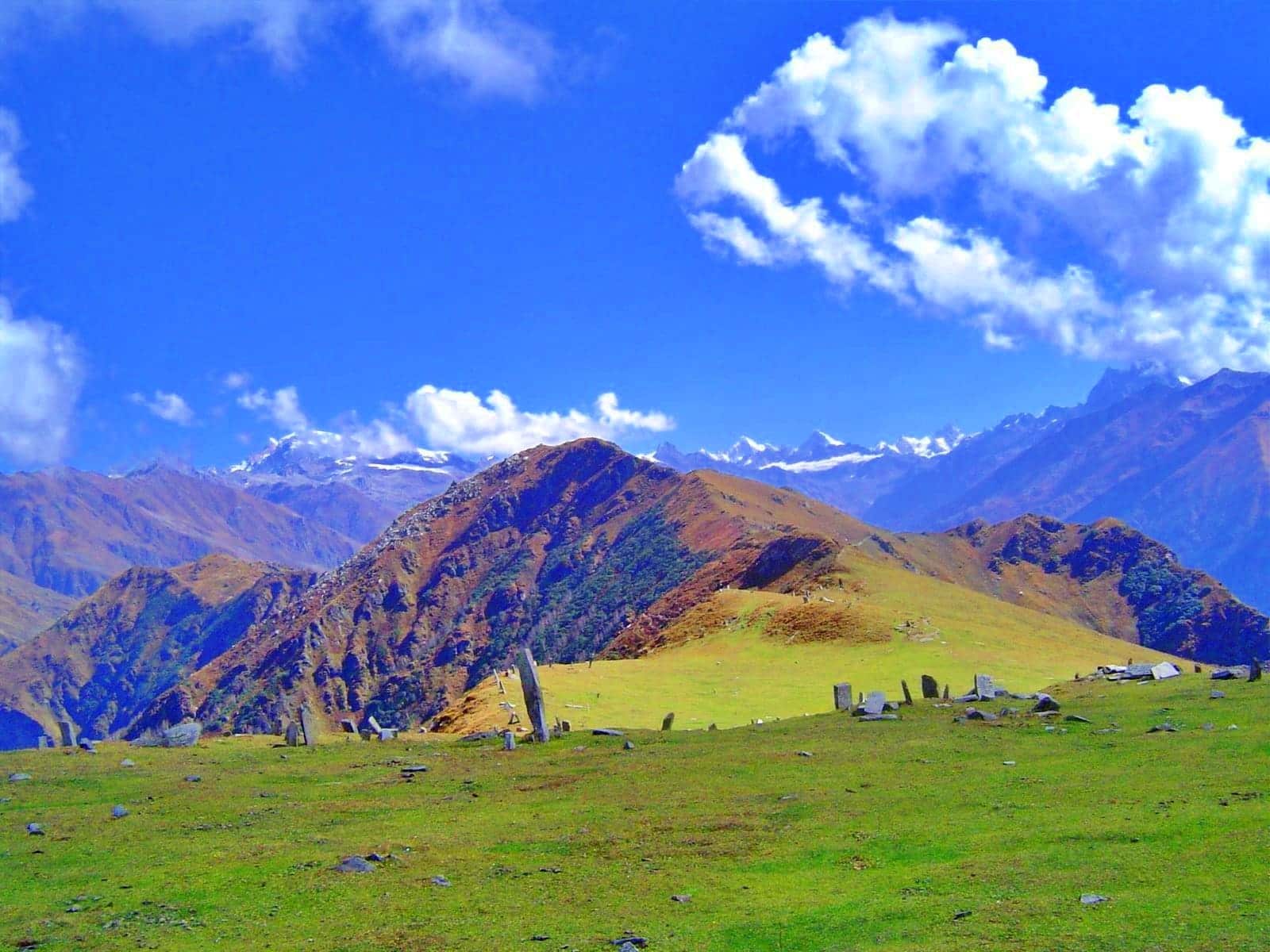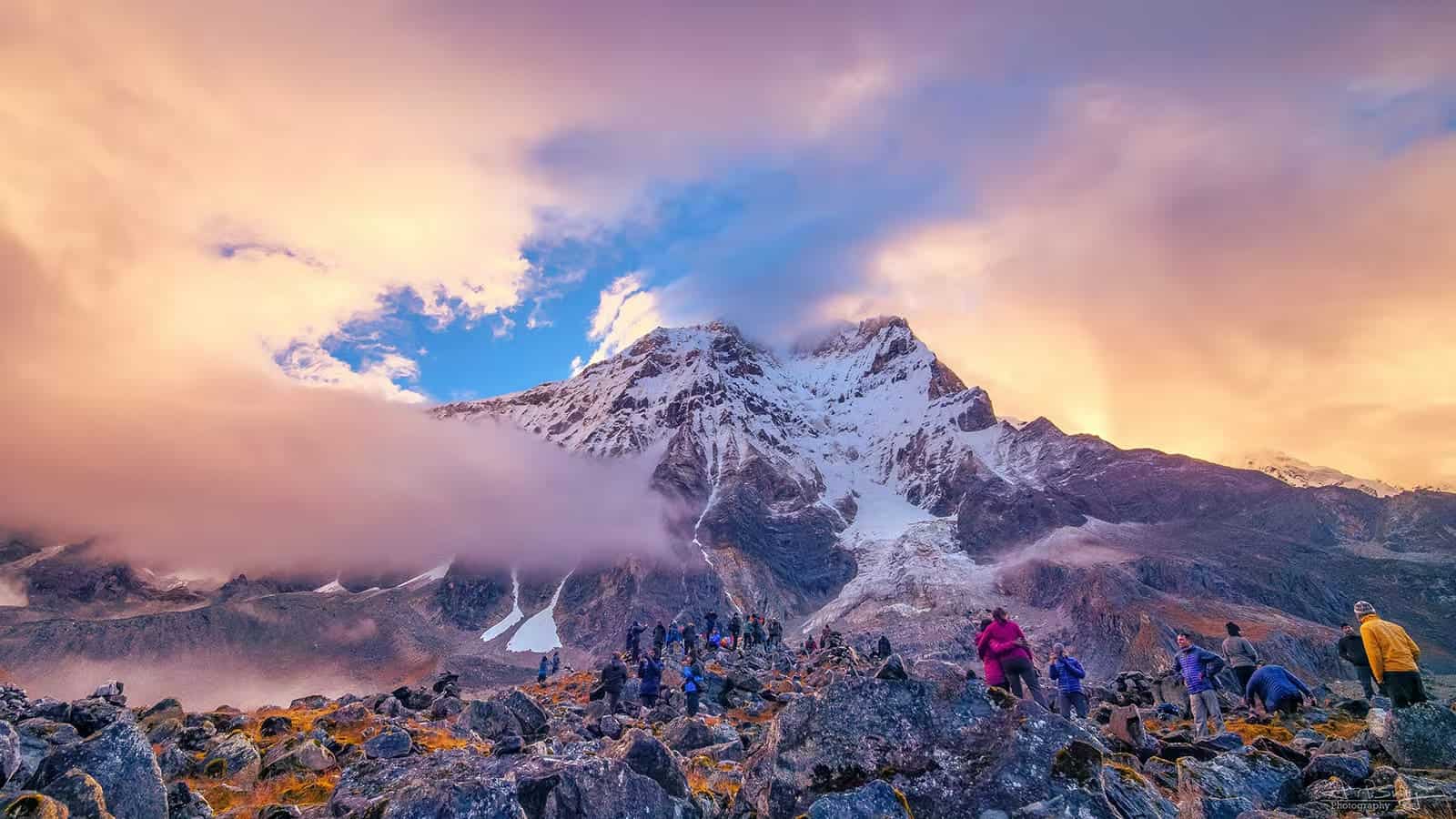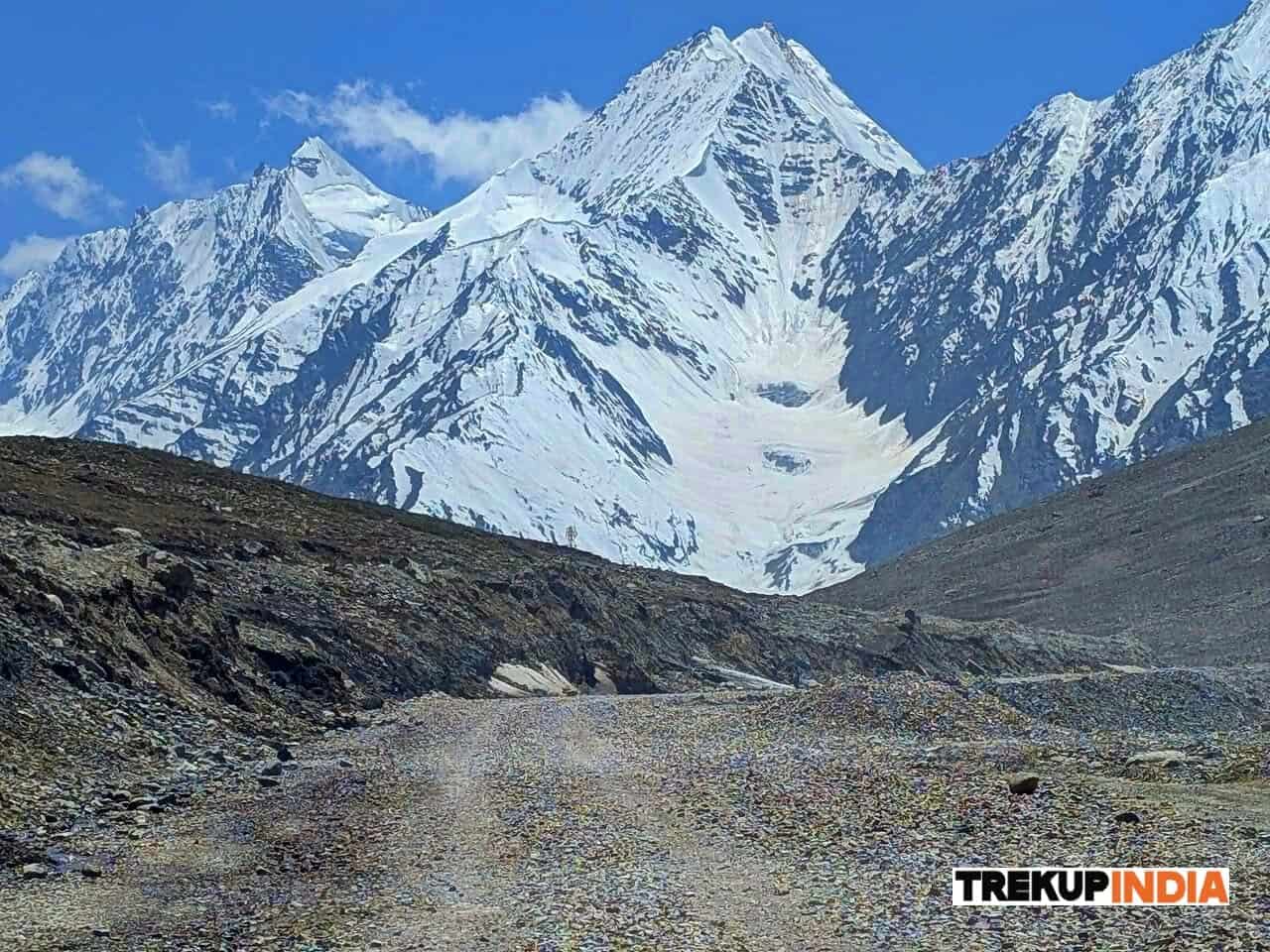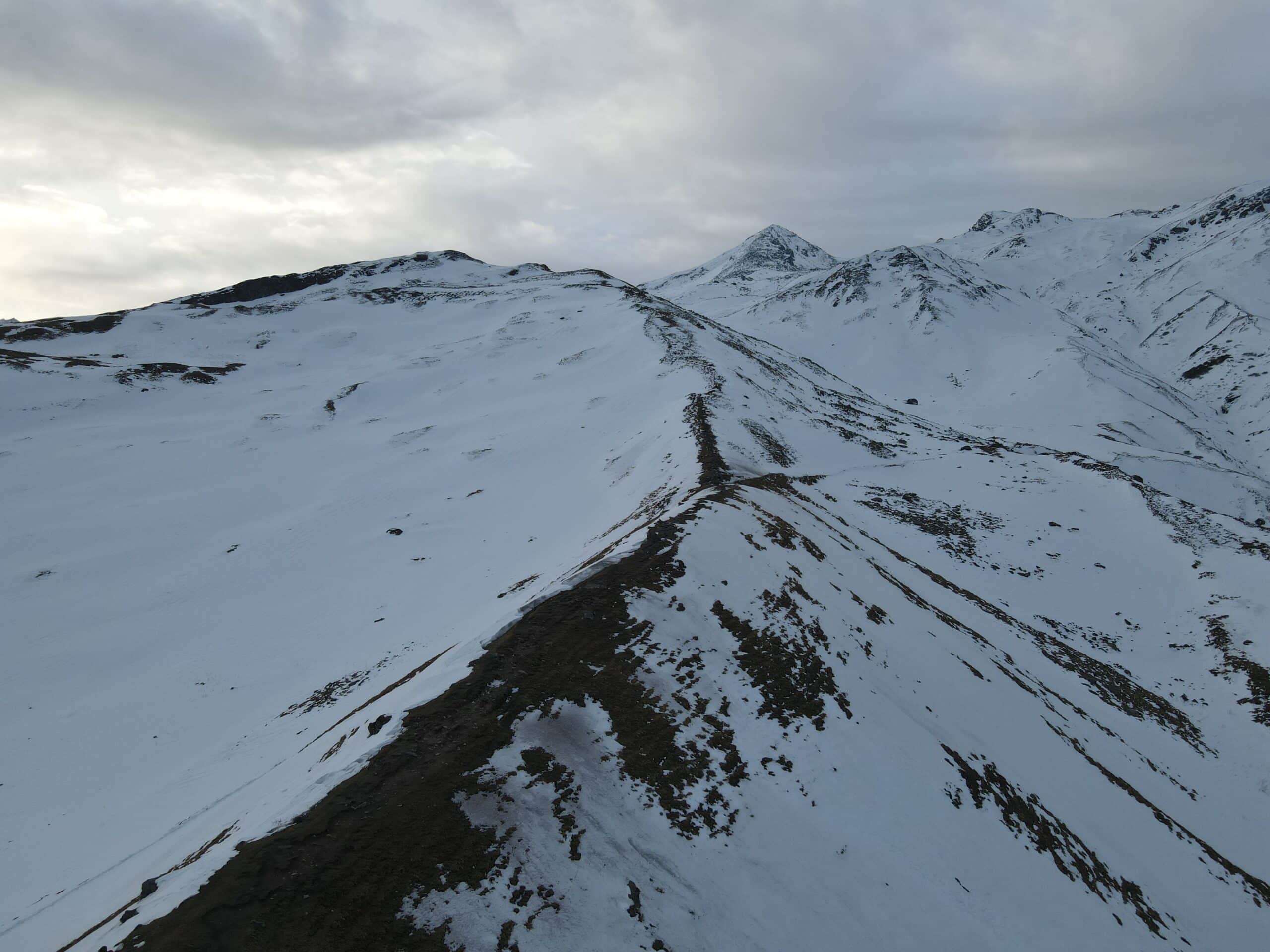What Is Backpack, How to Strap It And How to lift your Backpack
Packing Your Backpack the Right Way
Your backpack is one of the most important pieces of gear on any trek. It holds everything you need to survive, stay comfortable, and keep moving — so how you pack it, and how well it fits your body, can make or break your journey.
Improper packing or loose, poorly adjusted straps can lead to discomfort, loss of balance, or even injury over time. That’s why it’s essential to choose the right type of bag for trekking: a rucksack. Rucksacks are designed specifically for hiking, with multiple compartments and adjustable straps that help distribute weight evenly and keep the bag close to your body.
But owning the right bag is only half the story — you also need to know how to pack it smartly.
Here’s a simple guide:
Bottom compartment: Pack items you’ll only need occasionally, like sleeping bags, extra clothes, or spare gear.
Middle section (closer to your back): Place your heavier items here — cooking gear, food supplies, or water. This helps maintain balance and keeps the load centered.
Top section: Store lighter items on top of the heavy ones, and keep frequently used essentials like snacks, rain jackets, or first-aid kits here for easy access.
Side pockets and outer compartments: Use these for quick-access items like a water bottle, map, or headlamp.
Balanced packing not only makes your bag feel lighter but also keeps your movements smooth and safe during long treks.
1. How to Strap a Backpack?
How to Strap Your Backpack for Maximum Comfort
Strapping your backpack correctly is just as important as packing it right. A well-fitted backpack evenly distributes weight across your back and shoulders, allowing you to walk comfortably and with better balance — especially on long or uneven trails.
To start, always make sure your bag sits close to your body. This prevents it from swaying or pulling you backward as you walk. The ideal setup begins as soon as you lift the backpack onto your shoulders:
Adjust the shoulder straps first.
Tighten them until the pack rests snugly against your upper back. Both straps should be even to avoid leaning to one side.Secure the waist strap.
This strap helps shift some of the weight from your shoulders to your hips, which are better equipped to carry heavier loads over long distances.Fine-tune as you go.
Depending on the terrain or how you’re feeling, you can shift the load during your hike. On steep climbs, you might tighten the shoulder straps and loosen the waist belt for better upper-body control. On flatter or downhill paths, you might do the opposite to give your shoulders a break.
By regularly adjusting your straps and paying attention to how your body feels, you can stay comfortable and prevent strain or injury.
2. How to lift your Backpack?
How to Properly Lift and Wear Your Backpack
Putting on a fully loaded backpack might seem simple, but doing it the wrong way can strain your back or shoulders — even before your hike begins. Here’s the right way to load your pack safely and comfortably:
Start with your backpack standing upright on the ground.
Grab the haul loop (the small loop at the top) and one of the shoulder straps.Lift it onto your thigh.
Use your legs, not your back, to lift the pack. Let it rest on your thigh while you prepare to swing it onto your back.Bend slightly at the hips and slide one arm into a shoulder strap.
Then swing the pack around and slip your other arm through the second strap.Secure the waist belt first.
This is important — the waist belt should sit snugly over your hip bones to help distribute the load evenly.Adjust the shoulder straps next.
Make sure both are even and snug, but not too tight. The pack should sit close to your body, not pull away from your back.Check all other straps.
Tighten or tuck in any loose dangling straps, especially at the bottom. They can get caught on rocks or bushes along the trail.
Once everything feels balanced and secure, you’re ready to hit the trail — comfortably and safely.
About Author

Preetam Singh Rawat (Founder)
The person behind this trekking organization is someone who’s spent over a decade – 12 years, to be exact – living and breathing the mountains. With multiple high altitude summits under his belt (we’re talking 6000 to 7000 meter peaks), he’s not just experienced – he’s the real deal.
But what really sets him apart is the sheer number of treks he has guided. He has led over 200 Himalayan expeditions, including well known routes like Bali Pass, Buran Ghati, Rupin Pass, Pin Bhabha, Stok Kangri, and Black Peak. Not just once, but multiple times. So yeah, when it comes to the Himalayas, he knows every twist in the trail and every story the mountains have to tell.
Got questions or want to get in touch? Write to Preetam at preetam@trekupindia.com. He’s always happy to chat about treks, answer your questions, or help you prepare for your next big adventure.
Share this article
Dates For Upcoming Treks
Want To Trek Like Pro?
Basically, watch these videos if you want to trek the same way professional trekkers do and make your skills better. These videos contain useful tips and techniques to further improve your trekking skills itself. These videos actually help both new and experienced trekkers improve their trekking skills. These videos definitely provide useful tips that make your trek better. We are seeing that these videos by Trekup India experts will only help you make your trekking skills better.







Know Everything About Acute Mountain Sickness
Acute Mountain Sickness occurs when people trek to high altitudes above 8,000 feet. This condition itself develops further due to reduced oxygen levels at such heights. Basically, as you go higher up, the air pressure and oxygen levels decrease, which causes the same problem. Acute Mountain Sickness surely causes headache, nausea, vomiting, and dizziness in affected persons. Moreover, peoples also experience difficulty in sleeping during this condition. To avoid mountain sickness, you should actually trek up slowly to higher altitudes. To learn further about this condition itself, watch the videos by Trekup India.


